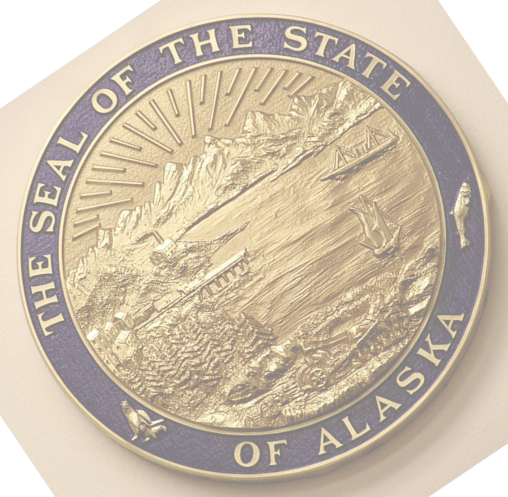On Tuesday, the State of Alaska made one of the most important investments in its 61-year history: a roughly $5 billion transfer from the Alaska Permanent Fund’s Earnings Reserve Account (ERA) to its principal account. This transfer is the largest of its kind, even larger than the deposit that established the Permanent Fund in 1977 of $734 million.
The June 30 transaction closed out the 2020 fiscal year, contributing to the constitutionally protected account – meaning the Legislature cannot touch that money with a simple majority vote.
“In the future when they look back at history and what moved the corpus of the Permanent Fund, this will stand out,” said Senator Bert Stedman, R-Sitka, co-chairman of the Senate Finance Committee. “Some of us, including myself, want to move even more into the corpus. There is roughly $12 billion that are now in the ERA, which can be spent with a simple majority vote of the House and the Senate. I think that’s too rich of a target for the folks in the Legislature that want an easy way out of the budgetary crisis, to just spend down the Permanent Fund and erode future dividends to all Alaskans, and I’m talking Alaskans that aren’t even born yet.”
“Protecting the Permanent Fund” video by Sen. Bert Stedman
This move does not change the Permanent Fund Corp’s investment strategy; nor does it hinder our ability to pay Permanent Fund dividends to Alaskans. Rather, it takes a significant amount of the fund’s liquidity and slides it over to the constitutionally protected side – making it accessible only by a statewide vote of Alaskans.
This was a step hailed by the fund’s Chief Executive, Angela Rodell, who, on Jan. 31, testified to the Senate Finance Committee the following: “It is probably the largest deposit by a state to future generations. It well exceeds that previous Legislatures in this state have done… There’s been tremendous debate about how challenging [the budget] has been, and to stop for a moment and all come together because we all agree that the future generations need to be taken care of has to be commended.”
What this step means: when children born last week are 30 years old, the roughly $5 billion will be worth about $24 billion based on an 8.79% earnings rate (which is the historical rate of return over the entire course of the fund). That includes a yearly percent of market value (POMV) withdrawal of 5% to be used to fund essential government services like education and health care, as well as pay Permanent Fund dividends.
The Legislature still has short-term decisions to make toward a sustainable fiscal plan.
“The concern for most of Alaskans is the fate of the dividend,” said Sen. Stedman. “In that discussion, they take their eye off the big ball, which is the Permanent Fund itself. And if you erode the Permanent Fund, you eliminate the dividend. So, this was a defensive maneuver to put the easily appropriated portion of the Permanent Fund into the corpus.”
At a time when it will be tempting to drain down the Permanent Fund ERA, the Legislature took a defensive posture by placing the easily appropriated portion of the Permanent Fund to the principal, restricting the Legislature’s ability to spend it. They did this to prevent draining the Permanent Fund in the same way that the Constitutional Budget Reserve and Statutory Budget Reserve were drained of $16 billion over the last few years.
This transfer comes with strong bipartisan support that, in coming years, will reflect prudent foresight underpinned by a stronger financial foundation.
“If we don’t protect the corpus of the Permanent Fund, we’ll not only lose the dividend, we’ll lose the Permanent Fund,” said Sen. Stedman. “And what we’ll have done then is taken this massive wealth boom that the state had of petroleum over a roughly 50-year period and consumed it within a couple of generations. I think that will be a deplorable mark on history for all Alaskans living today to do that to the future of the state. It’d be not that much different than in the early 1900s, if the generation at that time killed off all our salmon streams or choked off all our bear dens. It’s just something we can’t do. The previous generations didn’t do it to us. We have salmon streams full of salmon, we have strong healthy fisheries, our timber is growing back. Let’s not consume, in a couple generations, this vast amount of wealth so we can have it a little better in the short term.”
For more information, contact Mollie Barnes, Office of Senator Stedman, mollie.barnes@akleg.gov, 907-465-3873

Comments are closed